blockchain technology has been making waves across various industries, and the art sector is no exception. In Australia, where the creative industry contributes significantly to the national economy, the potential for blockchain to revolutionize how artists get paid is both promising and transformative. This article explores how blockchain technology could change the financial landscape for Australian artists, backed by data and real-world examples.
The Current Landscape of Payment for Artists in Australia
In Australia, artists often face challenges with payment delays, transparency, and fair compensation. According to the Australian Bureau of Statistics (ABS), the creative industry contributes approximately $111 billion annually to the Australian economy. However, many artists struggle with payment uncertainties and inconsistent revenue streams. Traditional payment systems can be slow and opaque, often leaving artists waiting for months to receive their earnings.
blockchain: A Potential Game-Changer?
blockchain technology offers a decentralized and transparent ledger system that can address many of these challenges. By enabling direct and immediate transactions, blockchain can potentially eliminate intermediaries, reduce transaction fees, and ensure that artists receive their due compensation promptly. But how exactly could this technology be implemented in the art sector?
How blockchain Works in Art Transactions
blockchain technology utilizes a distributed ledger to record transactions across multiple computers, ensuring transparency and security. For artists, this means they can sell their work directly to buyers without relying on galleries or auction houses, which often take substantial commissions. Smart contracts, a feature of blockchain, can automate payments once specific conditions are met, ensuring artists are paid immediately upon the sale of their work.
Real-World Applications and Case Study
Globally, blockchain technology has already been adopted in the art world with promising results. For instance, the Maecenas platform allows artists to tokenize their artwork, enabling fractional ownership and investment opportunities. This approach not only democratizes art ownership but also ensures artists receive immediate payment for their work.
In Australia, the startup Verisart is making strides by offering blockchain-based certification for artworks, adding an extra layer of trust and authenticity. This not only protects the artist’s rights but also provides buyers with confidence in their purchases.
Pros and Cons of blockchain for Artists
✅ Pros:
- Immediate Payments: Artists can receive instant payments through smart contracts, reducing financial uncertainty.
- Lower Transaction Fees: By cutting out intermediaries, artists can save on high commission fees typically charged by galleries and auction houses.
- Increased Transparency: blockchain’s transparent nature ensures artists can track their work’s provenance and sales history.
- Fractional Ownership: Tokenizing art allows for fractional ownership, opening up new revenue streams for artists.
❌ Cons:
- Technical Complexity: The technology behind blockchain can be complex and may require artists to learn new skills or rely on third-party services.
- Regulatory Uncertainty: The regulatory environment for blockchain and cryptocurrencies in Australia is still evolving, which could pose risks.
- Market Volatility: The value of cryptocurrencies can be volatile, potentially impacting the financial stability of artists relying on this payment method.
Regulatory Insights and The Australian Context
The Australian government has been proactive in exploring the potential of blockchain technology. The Treasury AU and the Australian Competition & Consumer Commission (ACCC) have been involved in discussions about creating a conducive environment for blockchain innovation while ensuring consumer protection. The Reserve Bank of Australia (RBA) has also acknowledged the potential of blockchain in improving financial efficiencies.
However, regulatory clarity is paramount to ensure that both artists and buyers feel secure using blockchain-based systems. As the technology becomes more widespread, it will be crucial for Australia to establish clear guidelines and frameworks to support its adoption in the art sector.
Common Myths and Misconceptions
Despite its potential, several myths surround blockchain technology in the art world:
- Myth: "blockchain is too complex for artists." Reality: While blockchain involves technical aspects, platforms like Verisart simplify the process, making it accessible for artists.
- Myth: "blockchain guarantees art sales." Reality: blockchain facilitates transactions but does not guarantee sales or demand for artwork.
- Myth: "blockchain is only for digital art." Reality: blockchain can be applied to physical art through tokenization and digital certification.
Future Trends and Predictions
Looking ahead, the integration of blockchain in the art sector is likely to grow. By 2028, it's predicted that 40% of art transactions in Australia could be conducted via blockchain platforms, as stated in a recent Deloitte report. This shift will not only benefit artists through better payment systems but also transform how art is bought, sold, and perceived globally.
Conclusion and Call to Action
blockchain technology holds the promise of transforming the way Australian artists get paid, offering more transparency, security, and immediacy in financial transactions. As the industry evolves, artists and stakeholders must stay informed and adapt to these technological advancements.
For artists, embracing blockchain could mean a more equitable and efficient way to monetize their work. To stay updated on these trends, join forums and discussions on platforms like LinkedIn AU or the Business Council of Australia groups. What are your thoughts on blockchain's potential in the art world? Share your insights and experiences below!
People Also Ask
- How does blockchain impact artists in Australia? blockchain enables immediate payments, reduces transaction fees, and increases transparency, benefiting Australian artists by ensuring fair compensation.
- What are the biggest misconceptions about blockchain in art? One myth is that blockchain is too complex for artists. However, platforms like Verisart simplify the process, making it accessible.
- How can Australian artists start using blockchain? Artists can begin by exploring platforms like Verisart for certification and tokenization, ensuring they understand the regulatory landscape.
Related Search Queries
- blockchain art platforms Australia
- How do artists get paid with blockchain?
- blockchain technology in the art world
- Immediate payments for artists using blockchain
- Tokenization of art in Australia
- blockchain impact on the Australian creative industry
- Future of art transactions in Australia
- Smart contracts in the art industry
- Regulatory challenges for blockchain in art
- How blockchain is transforming art sales
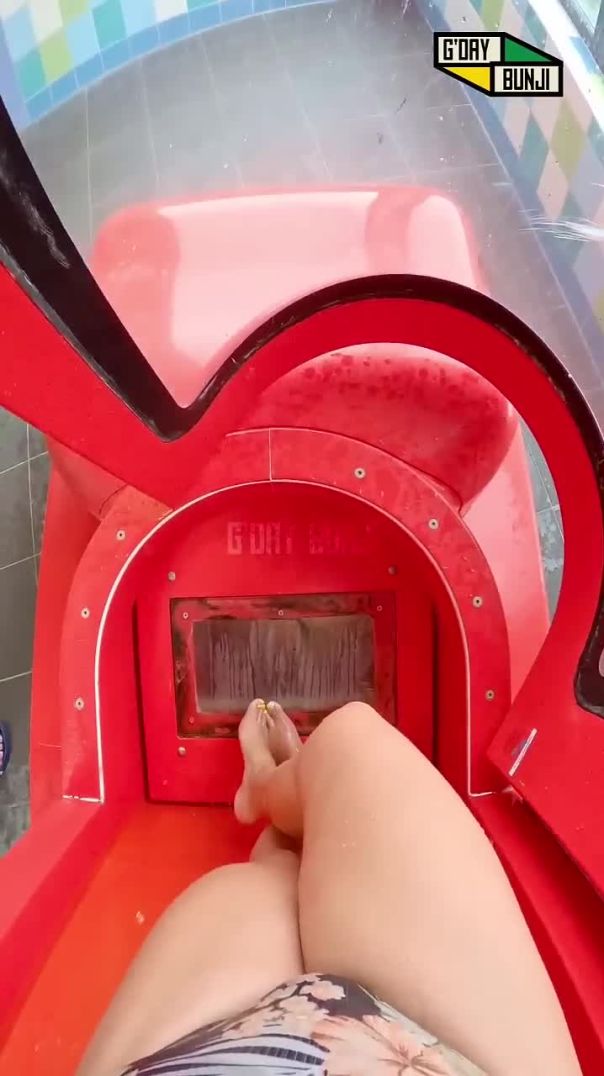
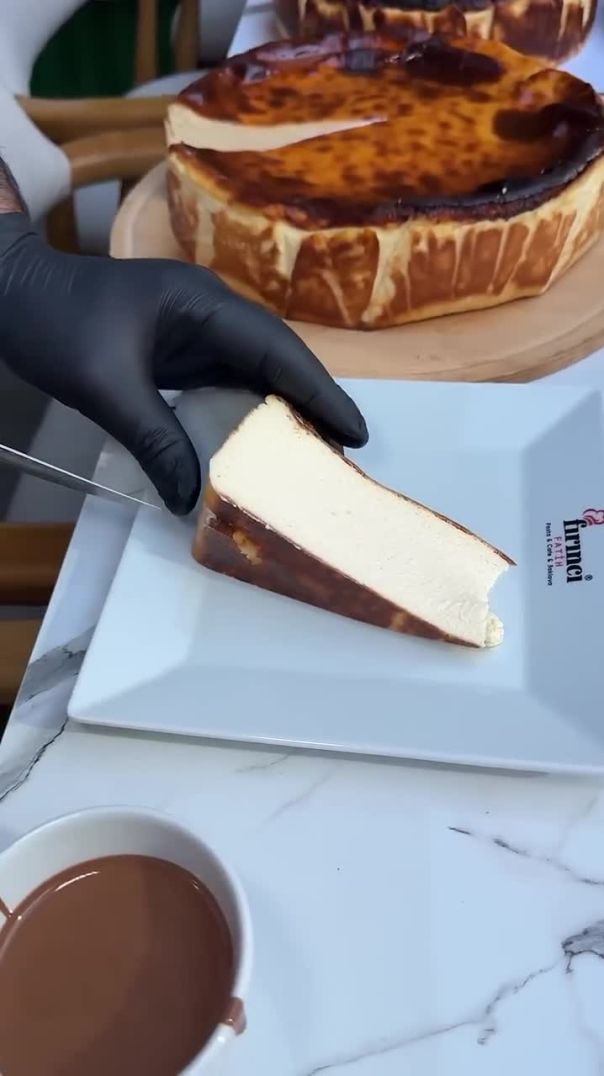



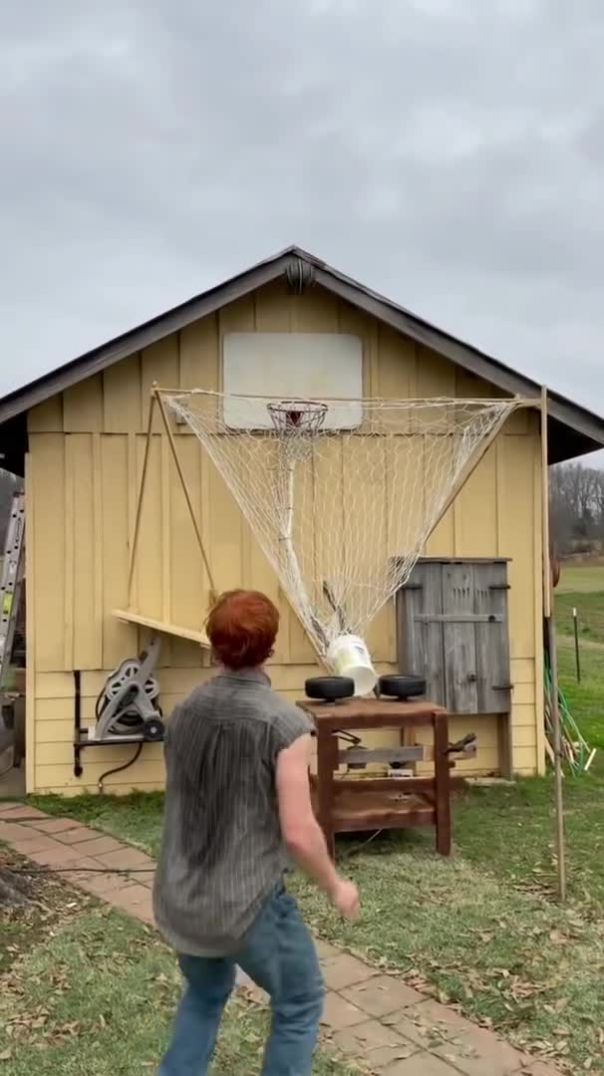
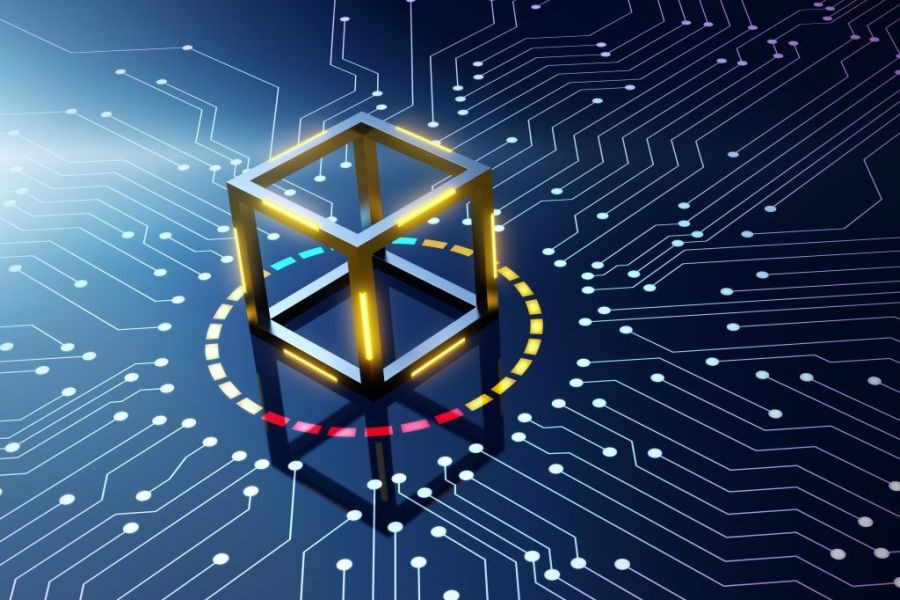



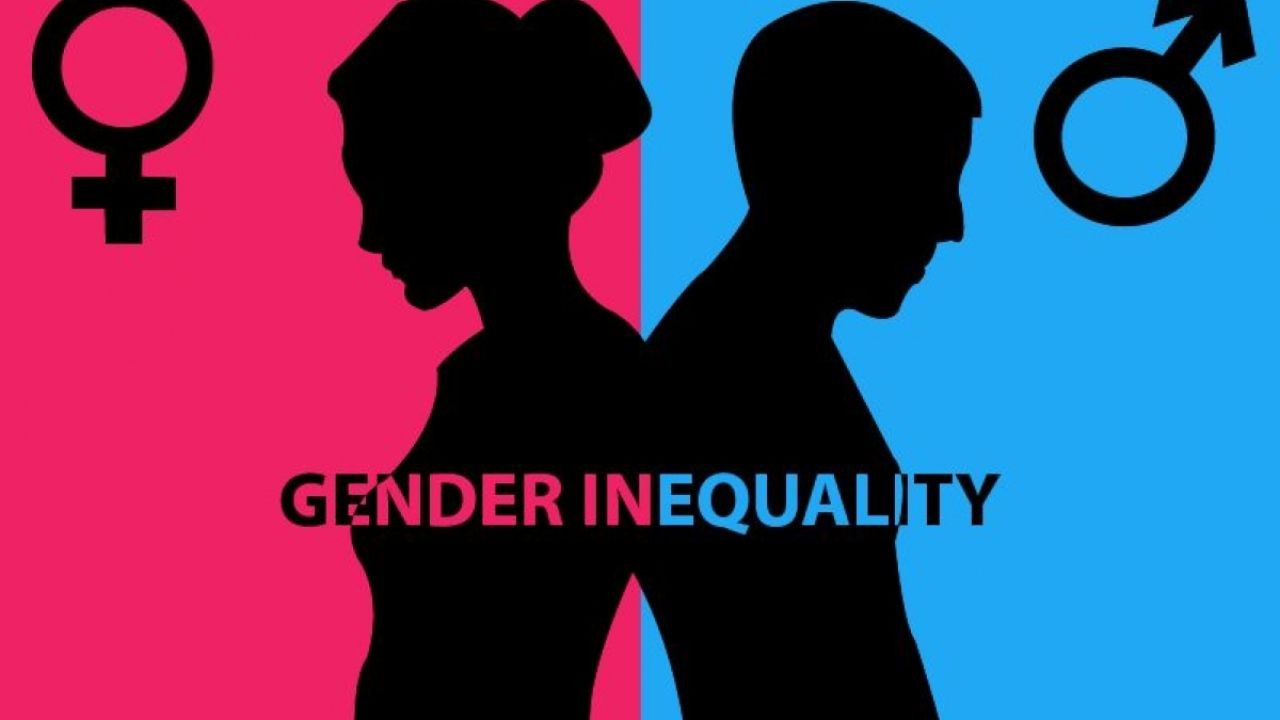




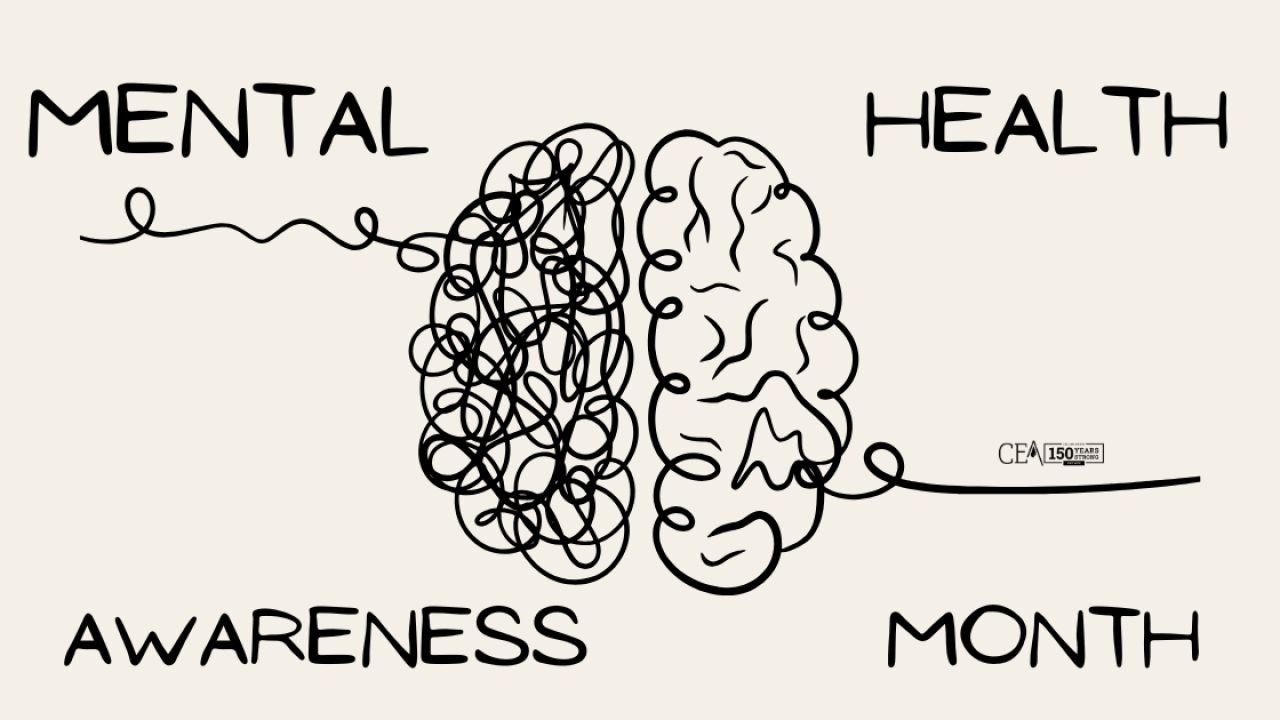
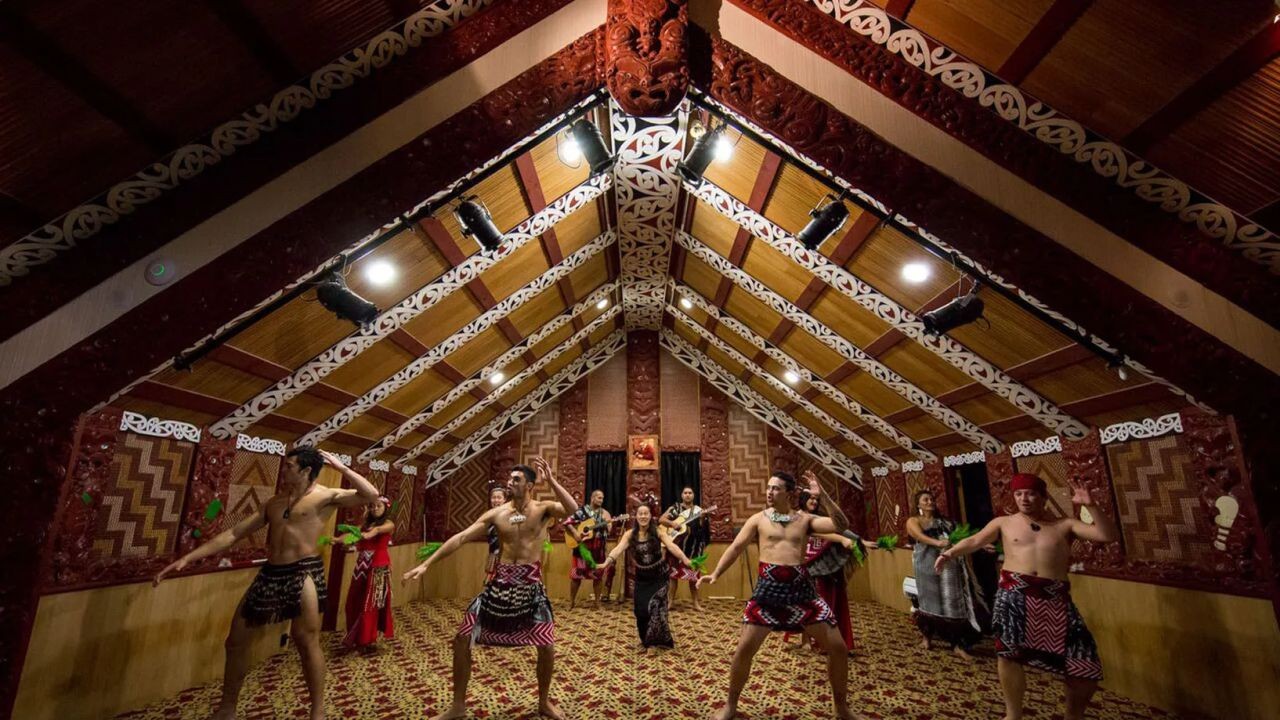
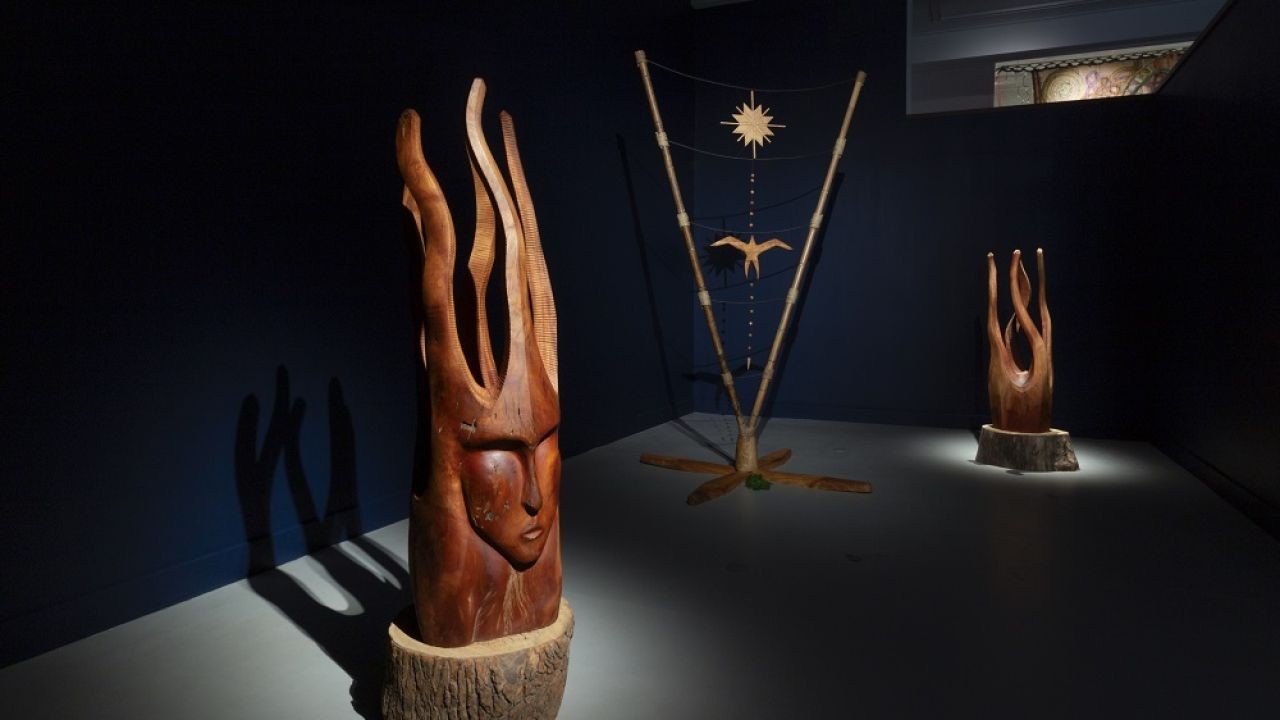
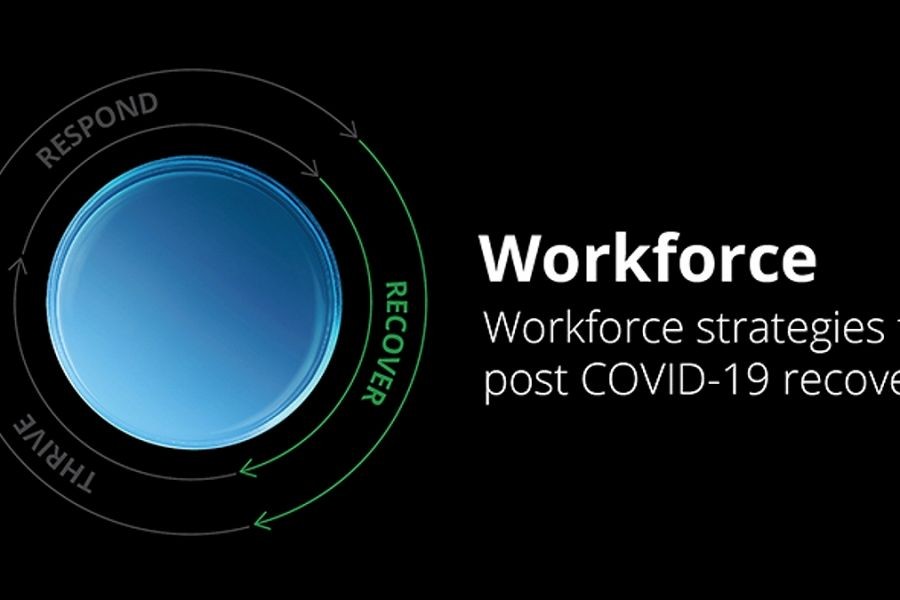
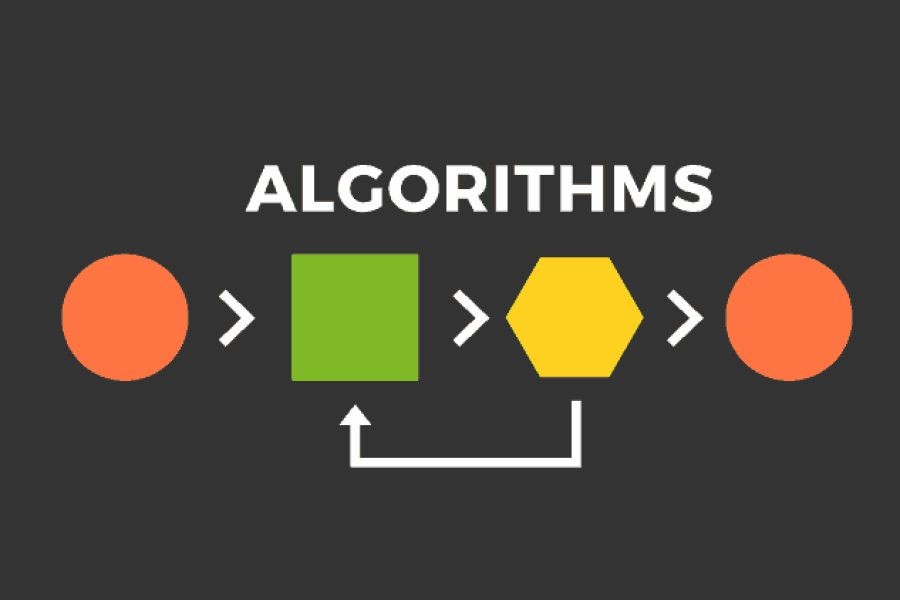



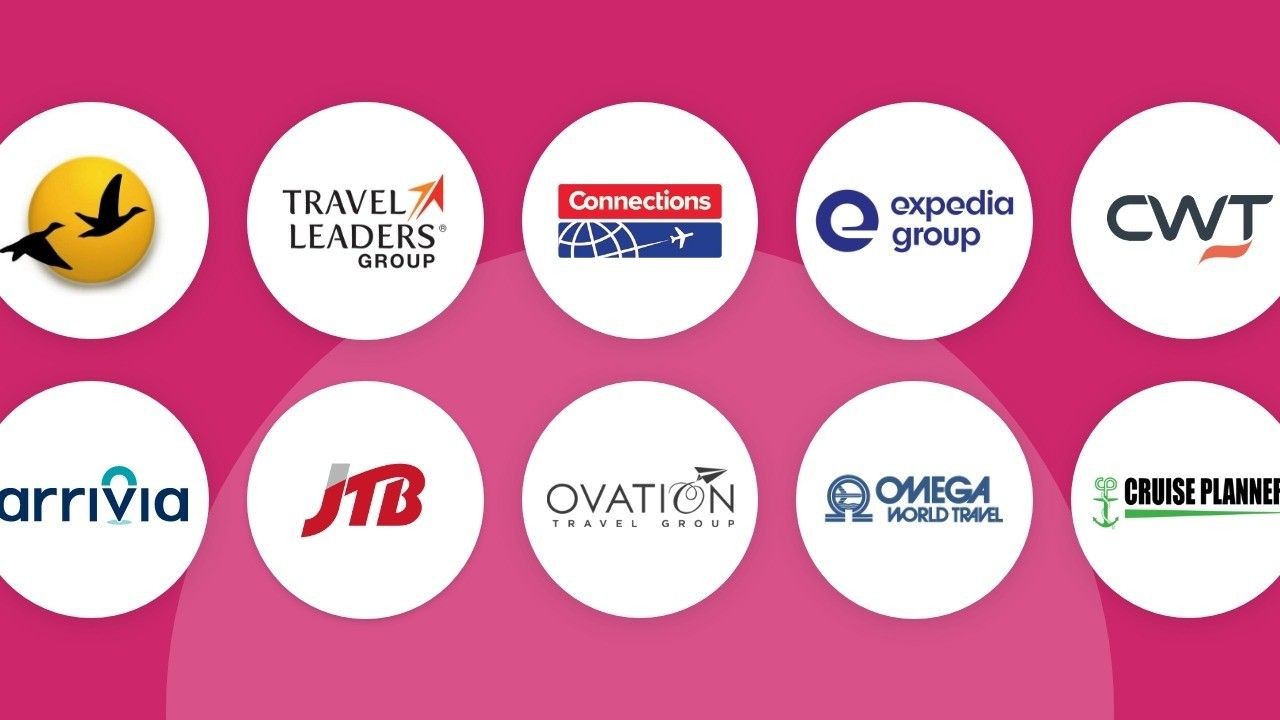

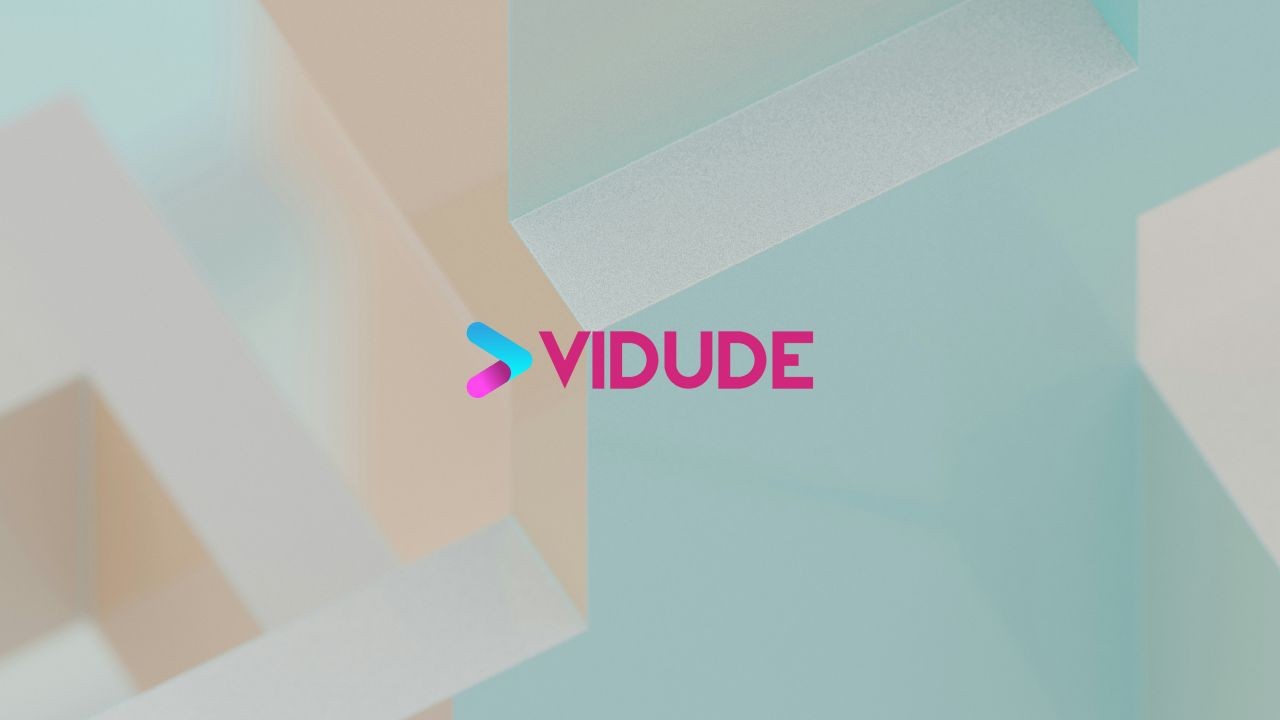


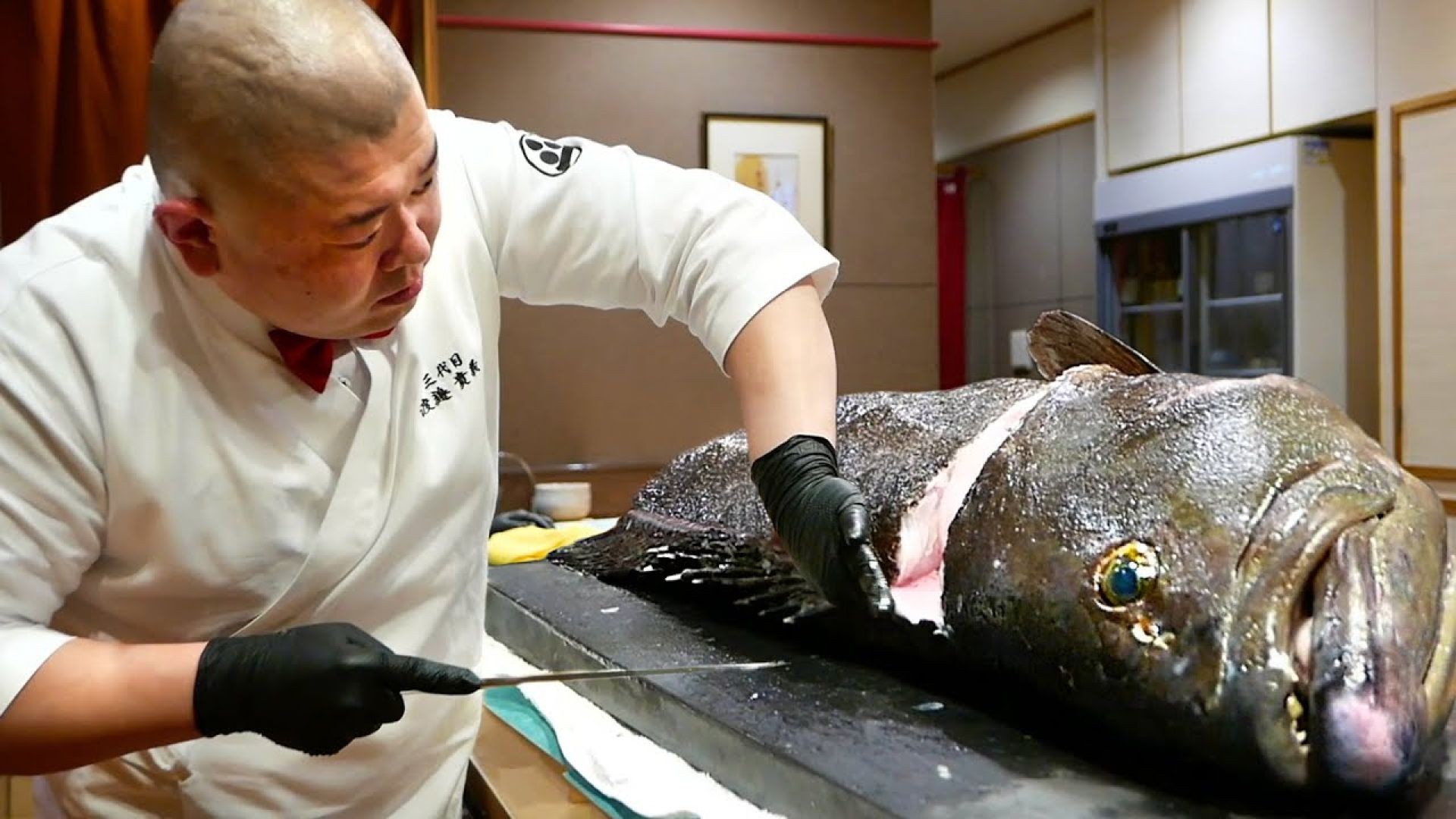
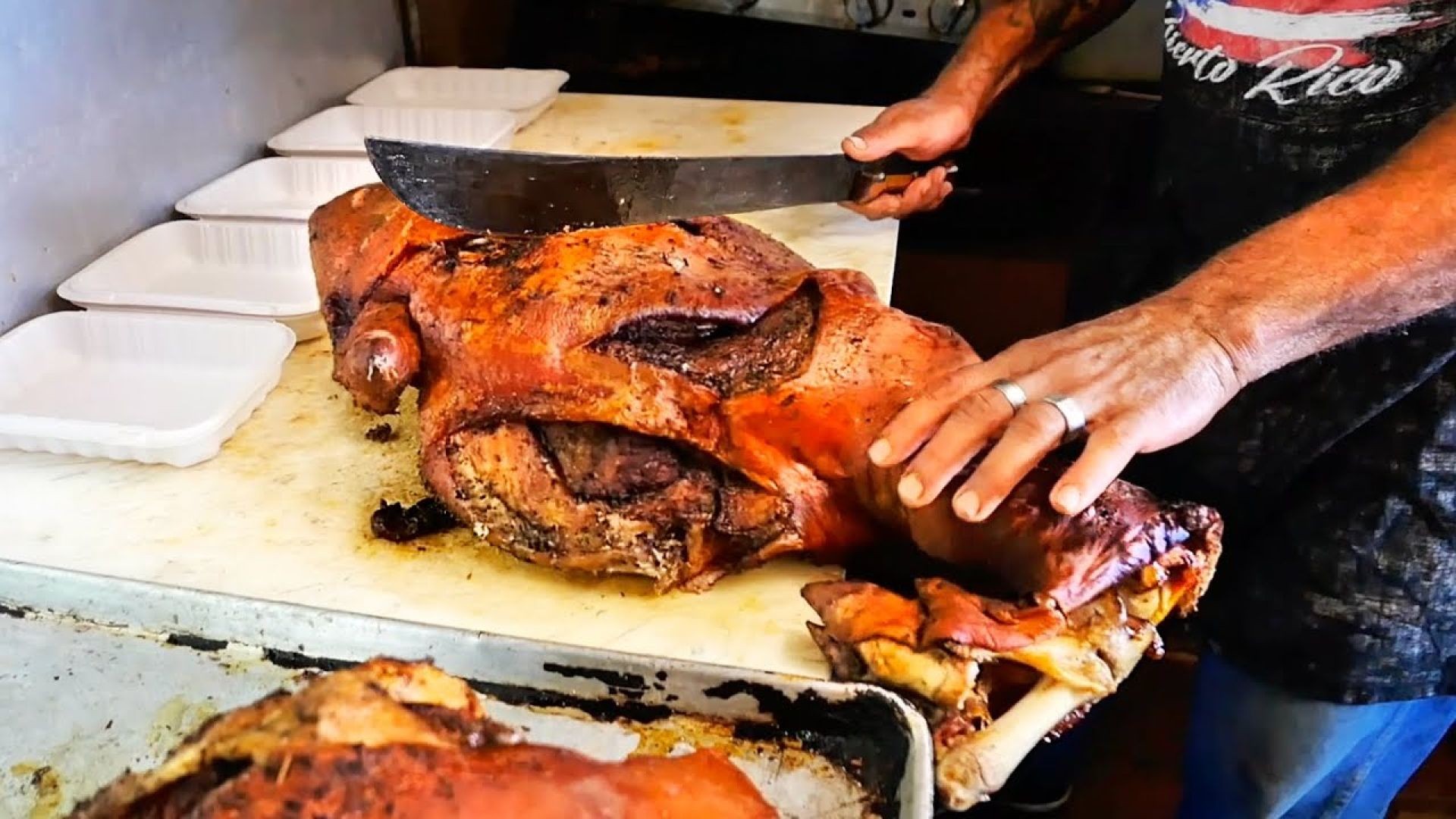



DelorisHol
4 months ago